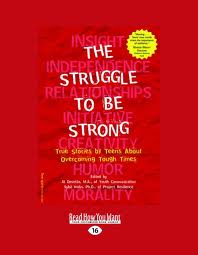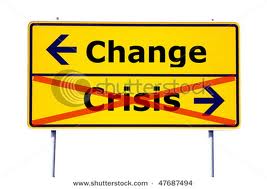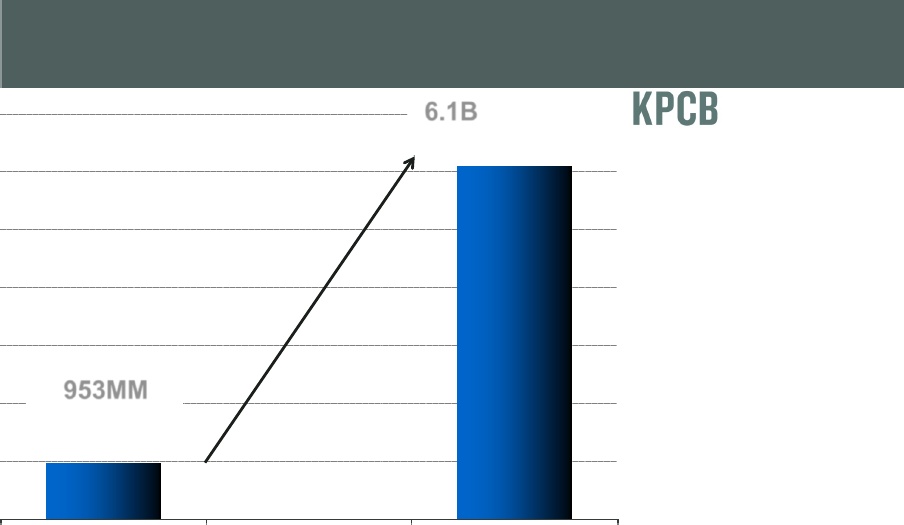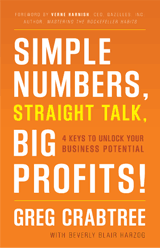Success Takes Time
We held our quarterly meeting this past week, and with it came some great discussions. Most of these conversations were centered on our direction and reaching our Big Hairy Audacious Goal, as introduced by Jim Collins. One major point that came up: How do we get where we want to go when we’re consumed by our day-to-day work activities?
We also discussed the Flywheel concept, as Collins examines in “Good to Great!” I realize that in business, we all want to get there and get there now! However, building a business is more like pushing on a huge 20 ton flywheel, 100 feet in diameter, and 10 feet thick. The flywheel represents your company, and it is at a standstill when you start out or maybe even when a big change hits you.
It takes a tremendous effort to get it to move an inch. With proper alignment as well as continuous effort and energy, you get it to spin one time, and then another and another. Then at some point, you break through with enough momentum that it spins around and around without any additional effort. This is the flywheel effect in action. It takes time to make it happen, but when it does, watch out!
 There has been lots of buzz around the quick success of Instagram, but this isn’t
There has been lots of buzz around the quick success of Instagram, but this isn’t
the norm. As the research from Collins pointed out, it takes about 25 years before before a good company begins the journey to turn into a great company. It’s faster to connect to a marketplace today with the internet and social media than it has been in the past, but it still helps me to be reminded of this, and I guess it may help you also.
A Fast Company article I read talks about the time it takes to achieve success. It shares a few stories, which remind us that pushing on the flywheel is harder than we might think. Angry Birds was not an overnight sensation, as you might think. It was the 52nd attempt by Rovio, who wrote the software. 5,126 was the number of failed prototypes for James Dyson before he got the revolutionary vacuum cleaner right.
One of my favorites is the story of WD-40, which got its name because the first 39 experiments failed, and on the 40th it worked! WD-40 literally stands for “Water Displacement—40th Attempt!” How cool is that!?
When we are pushing on the flywheel, and it seems too big, heavy, and colossal to move, these stories can give us the extra boost of energy we need to inch it forward or create one more turn. What are you doing to keep your flywheel spinning?







